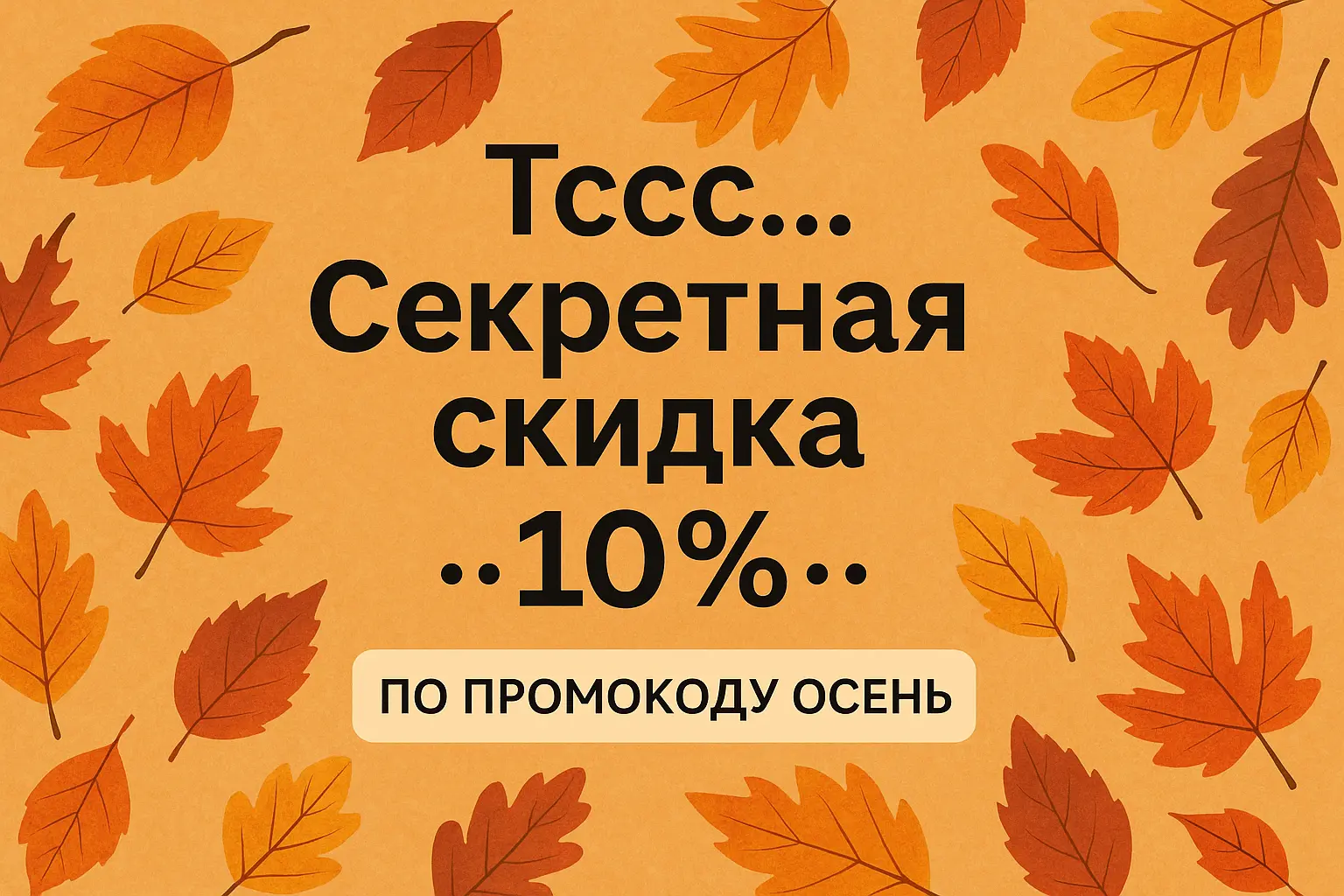Conflicts are an inevitable part of our lives. They arise in the family, at work, in friendships. However, conflict is not always destructive. It can be a powerful tool for growth and development. One of the most effective ways to analyze and resolve misunderstandings is the “conflict map”, which we will discuss in this article.
Does your child want to discover the world of IT technologies? Then we'll be waiting for him in class at Progkids!
What is a “conflict map”: defining the concept and goals
A “conflict map” is a visual representation of a conflict in the form of a diagram or diagram that helps analyze its structure, causes, participants, and possible ways to resolve it. This tool also allows you to:
Visualize the conflict
Present the conflict in a visual form. This makes it easier to understand and analyze it.
Identify key elements of the conflict
Identify the parties to the conflict, their interests, needs, concerns and beliefs.
Identify the causes of the conflict
Identify the main factors that led to the conflict.
Analyze the dynamics of the conflict
Trace the development of the conflict over time.
Develop conflict resolution strategies
Find possible solutions to the conflict, taking into account the interests of all parties.
The “Conflict Map” is not just a diagram, but a tool for in-depth analysis that helps to see the conflict as a whole and find effective ways to resolve it.
“Conflict map”: structure
No.1 The parties to the conflict
Identify all parties to the conflict, both main and indirect.
#2 Problem
Explain the essence of the conflict. What is the subject of the dispute? What is the disagreement?
#3 Interests
Determine the interests of each party to the conflict. What do they want to get as a result of resolving the conflict? What needs are they trying to meet?
#4 Positions
Describe the positions of each party to the conflict. What are their requirements? What solutions do they offer?
#5 Values and Beliefs
Identify the values and beliefs that underlie the positions of the parties to the conflict. What is important to them? What principles do they stand for?
#6 Concerns
Identify the concerns of each party to the conflict. What are they afraid of? What do they have to lose as a result of the conflict?
#7 Resources
List resources that can be used to resolve the conflict. This can be money, power, information, connections, experience, etc.
#8 Possible solutions
Suggest possible solutions to the conflict, taking into account the interests of all parties.
#9 Consequences
Assess the possible consequences of each solution for all parties to the conflict.
For clarity, the “conflict map” can be presented in the form of a table, chart or diagram, using different colors and symbols to identify different elements.
Why do we need a “conflict map”
Understanding the conflict
The “Conflict Map” helps to better understand the essence of the dispute, its causes and consequences, which is the first step towards resolving it.
Communication with parties to the conflict
The “conflict map” can be used to discuss differences, which helps the disputants better understand each other and find common ground.
Developing a conflict resolution strategy
The “Conflict Map” helps develop a dispute resolution strategy, taking into account the interests of all parties.
Mediation
The “conflict map” can be used in the mediation process, helping the mediator understand the essence of the dispute and find ways to resolve it.
Decision-making
The “Conflict Map” helps to make informed decisions, taking into account the possible consequences for all parties to the conflict.
The advantages of the “conflict map”
Systematic approach
The “Conflict Map” allows us to consider the conflict as a system of interrelated elements, which helps to better understand its essence and causes.
Objectivity
The “Conflict Map” helps to analyze the conflict objectively, taking into account the interests of all parties and avoiding bias.
Visualization
The “Conflict Map” presents the conflict in a visual form, which makes it easier to understand and analyze it.
Effectiveness
”Conflict Map” helps develop effective conflict resolution strategies, taking into account the interests of all parties.
Versatility
The “Conflict Map” can be used to analyze conflicts in various areas of life, from family relations to international relations, life and professional activities.
Do you want your child to reach their potential? Make a contribution to his career right now! Sign up for free trial lesson at Progkids!
























